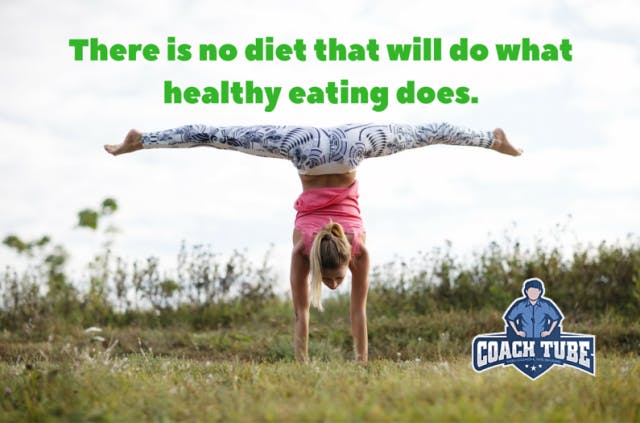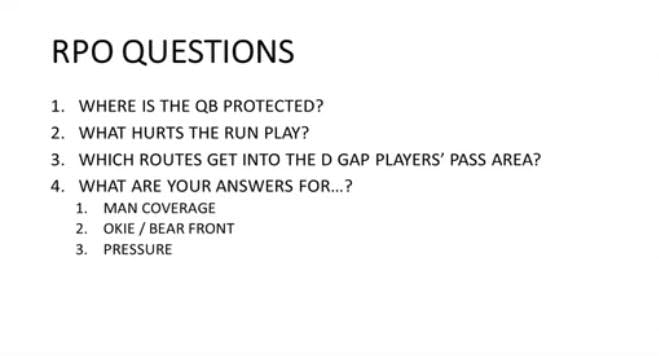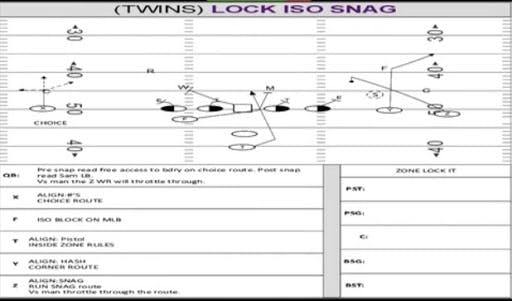TRAINING YOUR MIND FOR THE BATTLE
Our minds are tremendously powerful. Most people don’t realize that their thinking can cause them to either succeed beyond their wildest dreams or crash and burn in miserable failure. Therefore, most people slide though life at a mediocre level and never realize their true potential. However, God wants much more for us than we realize; everything starts with the way we think.
Whether we know it or not, we’re in a spiritual battle with Satan and the fight is taking place in our minds. “For though we walk in the flesh, we do not war after the flesh: (For the weapons of our warfare are not carnal, but mighty through God to the pulling down of strong holds;) Casting down imaginations, and every high thing that exalteth itself against the knowledge of God, and bringing into captivity every thought to the obedience of Christ” (2 Corinthians 10:3-5). First and foremost, the enemy doesn’t want us to be aware of what’s going on. If we don’t think he even exists, he can fool us, sneak into our lives, and take over. His method of operation is to suggest that maybe we can’t trust God and that God can’t do what He promised.
Thankfully, God’s Word alerts us to the attack and tells us how to neutralize it. Our response should be based in our faith in what God says and our willingness to submit to it.
Put on the whole armour of God, that ye may be able to stand against the wiles of the devil. For we wrestle not against flesh and blood, but against principalities, against powers, against the rulers of the darkness of this world, against spiritual wickedness in high places. Wherefore take unto you the whole armour of God, that ye may be able to withstand in the evil day, and having done all, to stand. Stand therefore, having your loins girt about with truth, and having on the breastplate of righteousness; And your feet shod with the preparation of the gospel of peace; Above all, taking the shield of faith, wherewith ye shall be able to quench all the fiery darts of the wicked. And take the helmet of salvation, and the sword of the Spirit, which is the word of God (Ephesians 6:11-17).
God has already won the battle and defeated Satan; all we need to do is believe this. We maintain the victory that Jesus obtained by standing in faith in His finished works.
When we clothe ourselves in God’s Word like a soldier clothes himself in armor before a battle, the enemy is powerless against us. Satan tries to introduce fear and doubt into our thoughts; training our minds to think according to the Word protects us. “Finally, brethren, whatsoever things are true, whatsoever things are honest, whatsoever things are just, whatsoever things are pure, whatsoever things are lovely, whatsoever things are of good report; if there be any virtue, and if there be any praise, think on these things. Those things, which ye have both learned, and received, and heard, and seen in me, do: and the God of peace shall be with you” (Philippians 4:8, 9). The devil wants to sow seeds of unrest and turmoil in our thought lives; submitting to God lets Him give us restful thoughts and peace of mind.
We are what we think. “For as he thinketh in his heart, so is he…” (Proverbs 23:7). We can either believe that we’re unworthy of God’s love and beyond all hope, or that we’re His beloved, victorious people. It’s our choice.












